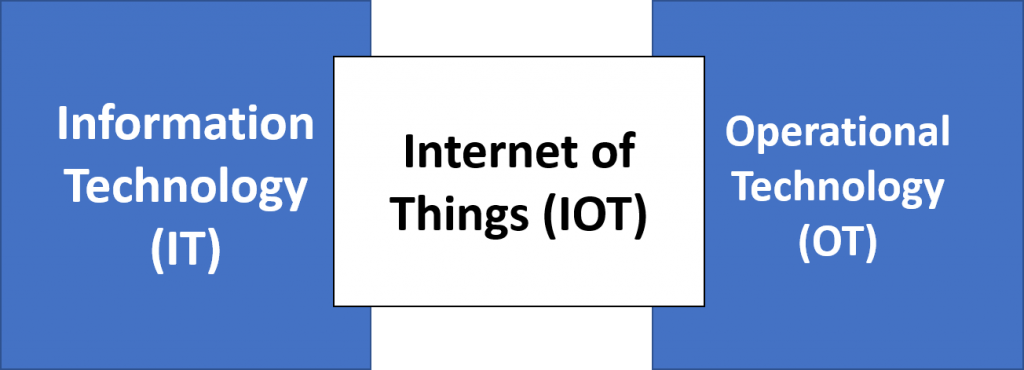AI Will Create Many More Jobs Than It Kills

As I was listening to Dr. Norbert Gaus, an EVP at Siemens and Head of R&D in Digitalization and Automation at Siemens ConneCTs 2018, I was struck by something that he said:
“Artificial Intelligence (AI) will create many more jobs than it kills. We have to protect jobs with AI, not against AI. People act as if AI is new, but it has been around for 10-15 years.â€
First, I must say that it is true that AI has been around a very long time. In fact, before I went back to get my MBA at London Business School, my job at Computer Associates was to look at how to use rules based processing and artificial intelligence to build applications for customers. While this technology was fascinating to me back in 2001-2002 when I was working with it, there was no hype surrounding it – at all.
Now, Amazon, Oracle, IBM, and even companies like Salesforce are hyping their artificial intelligence offerings, sometimes even giving them cute, ridiculous names. Artificial intelligence and AI have become the buzzword and buzz-acronym du jour.
The problem is that artificial intelligence has valuable, real world applications, and in combination with machine learning the potential value is accelerating. Whether you’re talking about AI in the cloud from companies like Oracle, Microsoft, or IBM or AI at the edge from companies like Siemens where the digital world meets the physical world, there is real promise now that is not just unrealized potential. You can see this in the investments companies are making. Siemens has made a continuous investment in AI over the last 15 years and now has about 800 employees working on AI.
I found myself wondering as I listened to Dr. Gaus, how can AI create jobs? How can AI protect jobs?
The answer I believe comes in our experience with previous industrial revolutions. Yes, in these transformations of the workplace where technology makes new things possible there are people displaced from existing occupations, but new occupations are created at the same time. And while some jobs are eliminated by the new technology, many more are AUGMENTED by the new technology to allow the same individuals to be more effective and to undertake new job tasks that deliver new or greater value. And AI has moved beyond the back end and applications like predictive maintenance to the front end and helping to design products too. In the future all products will have some intelligence built in and connect to the cloud.
Companies like Siemens are combining sensor data with service record data and design data, etc. to enable new kinds of intelligence. As companies make increasing use of technologies like artificial intelligence and machine learning, it enables them to evolve to spend more time on the what and the why and get the machines to help more with the how.

And, as companies work to bring intelligence into the field, the edge, the devices, and the cloud, security becomes a key enabler to this digitization movement, along with intuitive interfaces. And in the view of Siemens, the Internet of Things (IoT) is not something that is “out there†but instead occupies a central role as a bridge between Information Technology (IT) and Operational Technology (OT). In line with this view, companies looking to succeed must know not just how to develop products but also know their customers in an intimate way (including the domains in which they operate) if they are going to help their customers transform. As part of that transformation, we must ask ourselves and help our customers ask:
Where does it makes sense to add intelligence to your business, what value will it create, and what will it make possible that wasn’t possible before?

Full disclosure: Siemens paid my travel expenses for me to attend this event
Wait! Before you go…
Choose how you want the latest innovation content delivered to you:
- Daily — RSS Feed — Email — Twitter — Facebook — Linkedin Today
- Weekly — Email Newsletter — Free Magazine — Linkedin Group
[author image=”https://www.disruptorleague.com/wp-content/uploads/2016/07/Braden-Kelley-70.jpg”]Braden Kelley is a Director of Innovation and Human-Centered Design at Oracle, and a popular innovation speaker and workshop facilitator. He is the author of two five-star books, Stoking Your Innovation Bonfire and Charting Change, and the creator of a revolutionary new Change Planning Toolkit™. Follow him on Linkedin and Twitter (@innovate).[/author]
NEVER MISS ANOTHER NEWSLETTER!
LATEST BLOGS
Three things you didn’t know about credit cards
Photo by Ales Nesetril on Unsplash Many of us use credit cards regularly. From using them for everyday purchases to…
Read MoreFive CV skills of a business-minded individual
Photo by Scott Graham on Unsplash The skills listed on a CV help employers quickly understand your suitability for a…
Read More

